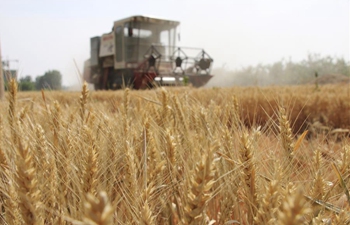HANOI, June 6 (Xinhua) -- Vietnam's automobile industry has witnessed progress in the last two years, but the localization rate remains low, not meeting the set target, according to its Ministry of Industry and Trade.
The localization rate for cars with nine seats and fewer has reached about 7-10 percent, concentrating on tires, seats, mirrors, glass, electrics, batteries and plastic products. Meanwhile, the Vietnamese government's target was set at 40 percent in 2005 and 60 percent in 2010, local daily newspaper Vietnam News on Thursday quoted the ministry's report sent to Vietnam's top legislature for discussion and direction as saying.
Up to 80-90 percent of main raw materials for production of automobile components such as alloy steel, aluminum alloy, plastic beads and hi-tech rubber are currently imported.
Every year, Vietnamese businesses have to import about 2-3.5 billion U.S. dollars worth of parts and spare parts for production, assembly and repair of vehicles. Meanwhile, the localization rate in regional countries has averaged 65-70 percent, with the rate of 80 percent reported in Thailand.
"The domestic market is small, with consumption of more than 300,000 vehicles, including imported ones per year, while the number of manufacturing and assembling enterprises is high with 56 units, so it has not been attractive for businesses to invest in the support industry," said the report.
The ministry said it was planning to submit to the top legislature amendments to the application of special consumption tax on cars with a high localization rate (no tax on locally-manufactured parts).
The ministry has built a pilot part supply chain for automobile manufacturers and assemblers at home and abroad, and studied mechanisms and policies to attract investment from multinational corporations investing in large-scale projects in Vietnam, especially those focused on brands and models not existing in Southeast Asia.
According to the Vietnam Automobile Manufacturers' Association, more than 288,600 automobiles were sold in the Vietnamese market in 2018, up nearly 6 percent from 2017. Specifically, the sale of locally-assembled automobiles rose 11 percent, and that of imported vehicles dropped over 6 percent.













